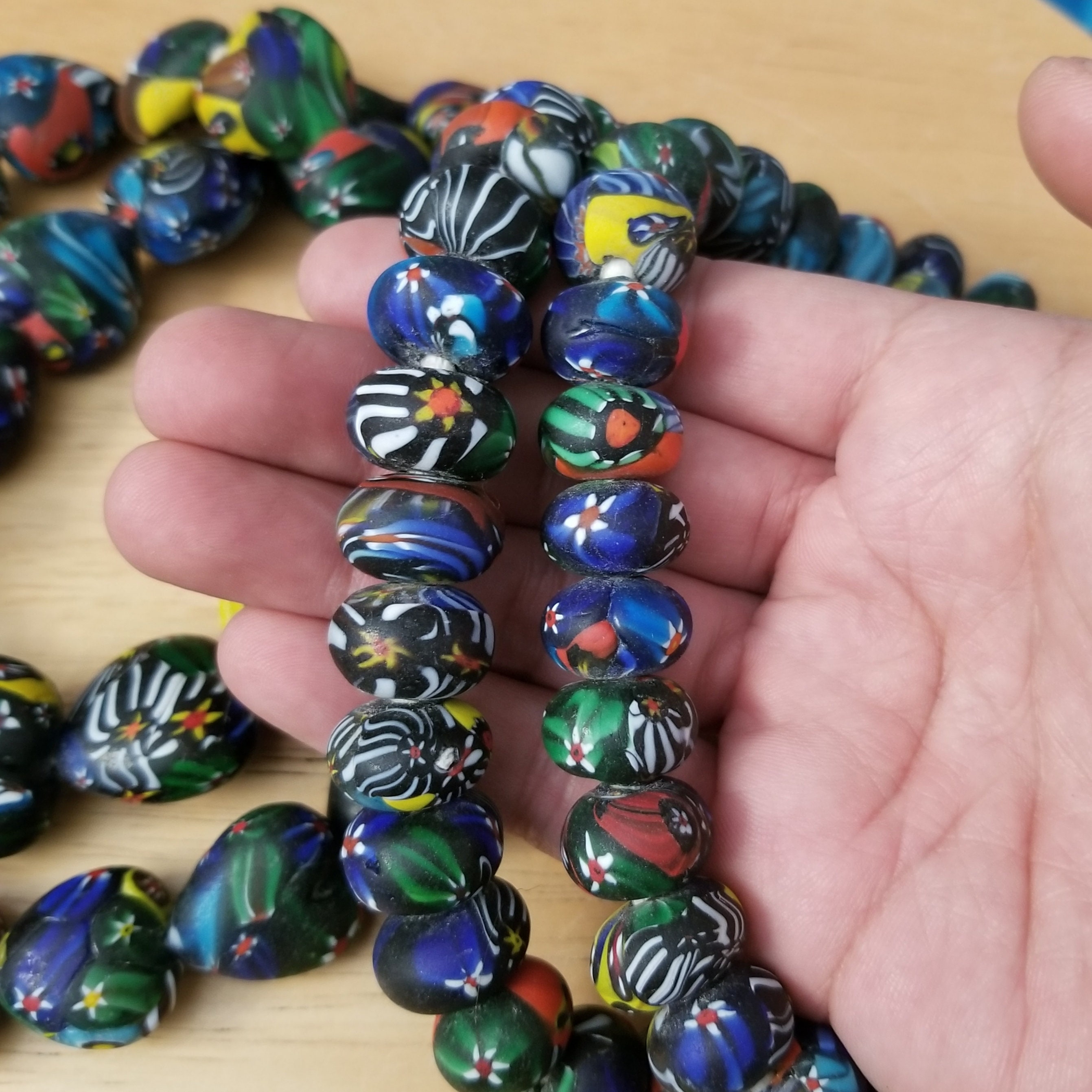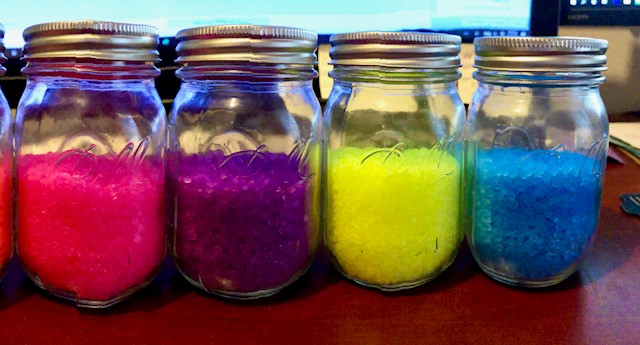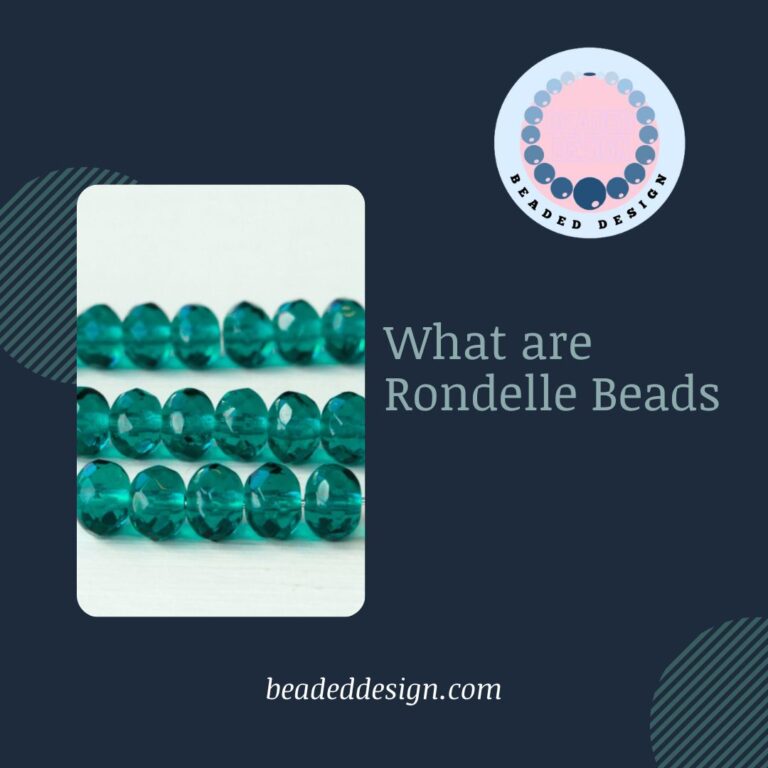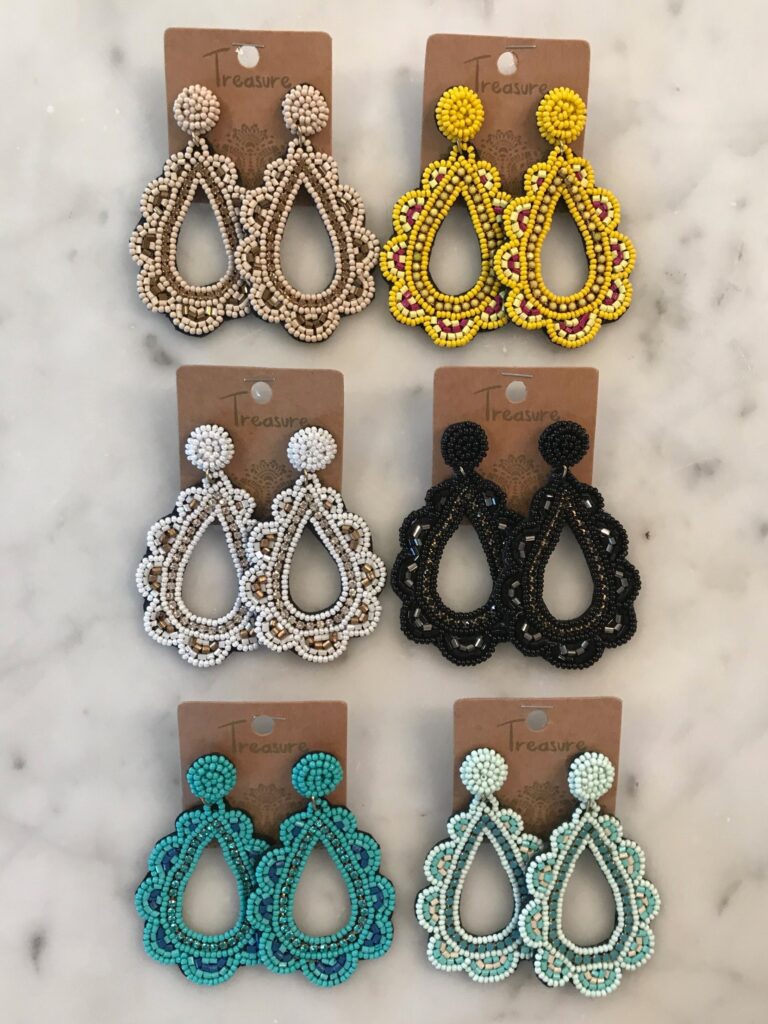Use a jeweler’s loupe or microscope to examine the surface of the bead. If it is smooth, it was most likely machine-made. If there are small bumps or ridges, it was most likely handmade.
Next, look at the holes in the beads. If they are perfectly round and even, they were probably made by a machine. If they are slightly irregular, they were probably handmade.
Finally, look at the overall shape of the bead. Machine-made beads are usually perfectly round or oval. Handmade beads can be any shape.
- Examine the bead for any obvious signs of damage or wear
- Research the history of trade beads and identify the most likely place and time period for the bead’s manufacture
- Compare the bead to similar examples from the same time period and geographical region to narrow down its date range
- Consider other factors that may help to date the bead, such as its size, shape, material, and color
The Journey of Trade Beads
African Trade Beads Value
If you’re a fan of vintage jewelry, you’ve probably come across African trade beads at some point. But what are these beads, and why are they so popular?
African trade beads are a type of glass bead that was historically used in Africa as currency.
They were first introduced to the continent by European traders in the 16th century, and soon became an integral part of African culture. Today, they’re highly sought-after by collectors and fashionistas alike.
So what makes African trade beads so special?
For one, they come in a wide range of colors and designs. From bright reds and oranges to deep blues and greens, there’s a trade bead out there to suit every taste. And because they were handmade, each bead is unique – no two are exactly alike.
Another reason for their popularity is their history. Trade beads offer a glimpse into a time when Africa was very different from what it is today. They remind us of a time when the continent was full of mystery and adventure.
Wearing them is like taking a step back in time.
If you’re interested in adding some African trade beads to your collection, there are plenty of places to find them. You can often find them at flea markets or antique stores, or online through sites like Etsy or eBay .
Prices vary depending on the age and condition of the bead , but you can expect to pay anywhere from $10-$100 per bead .
So if you’re looking for something unique and beautiful , keep your eyes peeled for African trade beads next time you’re on the hunt for vintage jewelry!

Credit: www.etsy.com
How Can You Tell How Old a Bead Is?
There are a few ways to tell how old a bead is. One is by looking at the material the bead is made of. If it’s made of something like bone or shell, it’s likely quite old.
Another way to tell is by looking at the design of the bead. Simple designs are more likely to be old than complex ones. Finally, you can look at how the bead is strung.
If it’s strung on a simple string or thread, it’s probably old. Beads that are strung on wire or have other elaborate clasps are more likely to be modern.
How Old are Trade Beads?
Trade beads are a type of glass bead that was used during the early days of trade between Europeans and Native Americans. They were first introduced to the Americas in the 16th century, and continued to be traded until the early 20th century. Trade beads were usually made in Europe, and then traded for goods such as furs or pelts.
The most popular types of trade beads were Venetian beads, which were made in Venice, Italy. Other popular types included Bohemian beads, which were made in Bohemia (now part of the Czech Republic), and Dutch beads, which were made in Holland.
The age of trade beads can vary depending on their type.
Venetian beads, for example, can date back to the 16th century. However, some trade beads may be much younger – it all depends on when they were traded and how well they have been preserved. In general, though, most trade beads are at least 100 years old.
How Do I Know If My Beads are Valuable?
When it comes to valuing beads, there are a few things you need to take into account. First, consider the type of bead. Is it an antique?
If so, it will likely be worth more than a newer bead. Second, look at the material the bead is made from. Certain materials, like gold and silver, are worth more than others.
Finally, consider the condition of the bead. A well-preserved bead will be worth more than one that is damaged or worn.
If you are unsure about the value of your beads, you can always take them to a jeweler or antiques dealer for an appraisal.
How Do You Identify Trade Beads?
When it comes to identifying trade beads, there are a few key characteristics that you can look for. First, most trade beads are made of glass, which can be helpful in terms of distinguishing them from other types of beads. Additionally, trade beads tend to be much larger and more colorful than other types of beads, which can also be helpful in terms of identification.
Finally, many trade beads will have a slight indentation or “dimple” on one side, which is caused by the way they were traditionally made. Keep an eye out for these key characteristics and you should have no trouble identifying trade beads!
Conclusion
While trade beads can be a fun and interesting hobby, it is important to do your research before you start collecting. There are a few key things to keep in mind when dating trade beads, such as the type of material they are made from and the era they were produced. By keeping these factors in mind, you can narrow down the age of your beads and get a better idea of their history.






